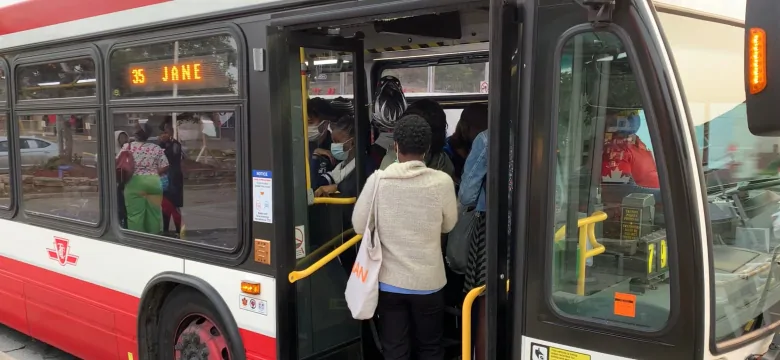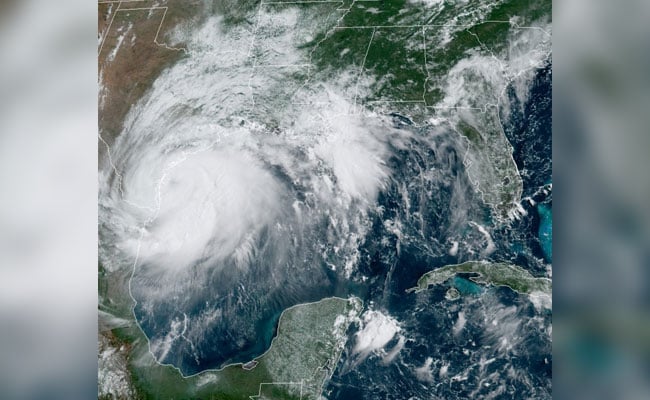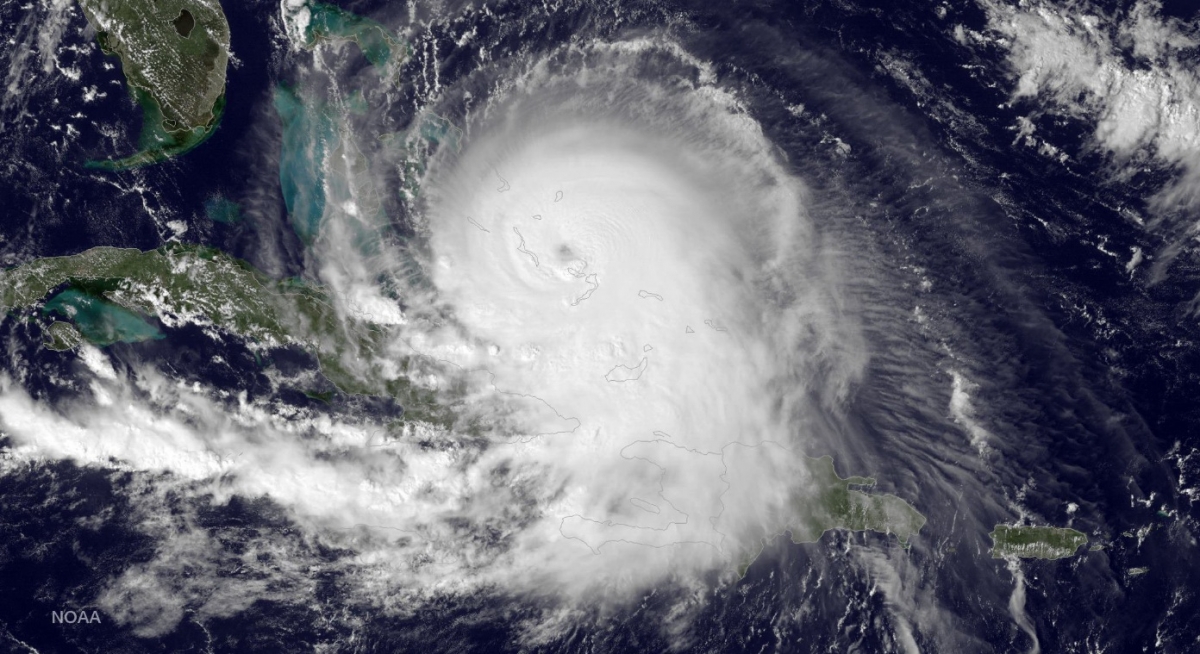Raquel Tomlinson describes her commute to work as an exercise in fear — forced to stand shoulder-to-shoulder with other passengers on her bus, with no room for physical distancing.
“I don’t feel safe for the people in this area and I don’t feel safe for myself,” she said. “It’s just impossible on these buses.”
Tomlinson works in northwest Toronto — an area hit hard by the pandemic, with more COVID-19 cases in that pocket of the city than anywhere else. It’s also one of the worst-affected by the bus overcrowding.
At rush hour, bus stops at busy intersections teem with people. As soon as a bus pulls up, dozens pile off, dozens more crowd on. The bus drives off with most seats full and passengers standing next to each other in the aisle. It’s a scene that repeats over and over again.
But Tomlinson, like so many others in this part of Toronto, has no choice but to push her fears aside and take the bus anyway. She relies on it to get to her job and, as an essential retail worker, she can’t stay at home.
“I’m disappointed in the TTC [Toronto Transit Commission] system and the government. They should be recognizing that people’s lives are in danger.”
As COVID-19 cases rise and colder weather looms, there are growing concerns about bus overcrowding in certain parts of the city.
The Ontario government has issued guidance for transportation agencies across the province. It says passengers should maintain a two-metre distance where possible — but acknowledges that this won’t always be the case. The document does not establish a limit for how many passengers should be allowed on a bus at the same time.
The TTC is aware of the overcrowding issue, but says there’s no immediate solution that would ensure six-foot physical distancing on all of its buses.
“We’re doing as much as we can with what’s available,” said TTC spokesperson, Stuart Green.
The problem is affecting Toronto’s outskirts, in particular. These areas, home to many low-income essential workers who rely on public transit, have already borne a disproportionate burden of the COVID caseload in the city.
“I would love for the politicians to take the bus themselves,” said Jennifer Robinson, a community leader in Malvern, a neighbourhood in Toronto’s east end. “I’d love for them to have the same feeling that people who are immigrants, who are in lower-paying jobs feel.”
Robinson’s son, who has asthma, is now too concerned about his health to take the bus. He relies on a friend with a car to help him get to work downtown, but Robinson fears what will happen if that arrangement stops working.
“He’s an adult, however that doesn’t stop me from worrying.”
Samuel Kisitu worries too. He relies on the 35 bus that runs along Jane Street in the city’s northwest. And he’s scared of the colder weather on the horizon, knowing it will likely force more people on board, making the crowding worse.
“If you want to sit you have no chance, but even when you stand, you have no breathing space,” he said.
“The question is when is it going to stop?”
Low income workers bearing the brunt
To ease the overcrowding, the Toronto Transit Commission has added 110 buses that can be dispatched to busy areas on-demand. A control centre monitors the transit network to determine where the extra buses are needed most.
Green says buses are normally scheduled to run at a maximum capacity of 50 people, but during the pandemic the TTC has tried to schedule services so that buses operate with half that number. He adds that over the past week, 92 per cent of all bus trips were under that 25-person threshold.
The TTC is also bringing back more than half of the 450 employees laid off earlier in the pandemic. However, it won’t recall all of its laid-off staff until demand across the system overall is higher than 50 per cent.
During the lockdown, the TTC saw its ridership decline by as much as 85 per cent, resulting in a shortfall of $21 million a week throughout the spring.
But, according to riders, demand didn’t fall off in the city’s outer areas as it did in Toronto’s downtown core where employees in office towers could transition to working from home.

In the summer, the TTC reported that it was monitoring 15 routes for overcrowding — many of them passing through those outer areas of the city. It also advised riders to delay their trips until after 8 a.m. to avoid the busiest hours.
Geographer Sean Marshall has studied ridership patterns during the pandemic. He mapped some of the busiest routes, finding they crisscrossed industrial areas with businesses that would employ low-income workers.
“It’s in these neighbourhoods where the issues are most acute,” Marshall said.
“Those who must work at supermarkets, hospitals and other health care fields, manufacturing — they still have to go to work every day. And if you don’t have a car, you have to take the bus.”
With photos of overcrowded buses strewn across social media, Green acknowledges overcrowding remains an issue, but beyond the additional buses that have already been added, he said there’s little more the city can do at this point.
“It’s not always going to be possible on all routes, at all times, to have that six-foot distance,” Green said.
“If there is a vehicle that’s too crowded, step off and wait for the next one — that’s not an ideal solution, but it’s an option.”
‘We don’t even have the choice to stay home’
Rechev Browne said it’s no option at all when you’re trying to get to work on time.
“It’s easy to say, ‘Take the next bus,’ but that’s a whole different meaning for a worker, right?”
Browne catches the bus near his home in northwest Toronto — that same region of the city most affected by the pandemic — just after 5 a.m for an hour-long commute to his job at a grocery store. His days begin by shaking off fatigue and managing his anxiety over the crowding he might encounter en route. He lives with his mother who has asthma, and constantly fears making her sick.
“You have to work and my mom has an essential job too, so it’s like, we don’t even have the choice to stay home,” Browne said.
“We have to really just watch how we navigate the line in terms of bringing income in but, at the same time, staying safe.”
A difficult balance now — one set to become even more precarious with the recent resurgence of the virus, and colder weather approaching.
“There’s not enough buses,” Browne said. “And there’s just too many of us trying to get to the same place at the same time.”

Devoted web advocate. Bacon scholar. Internet lover. Passionate twitteraholic. Unable to type with boxing gloves on. Lifelong beer fanatic.




